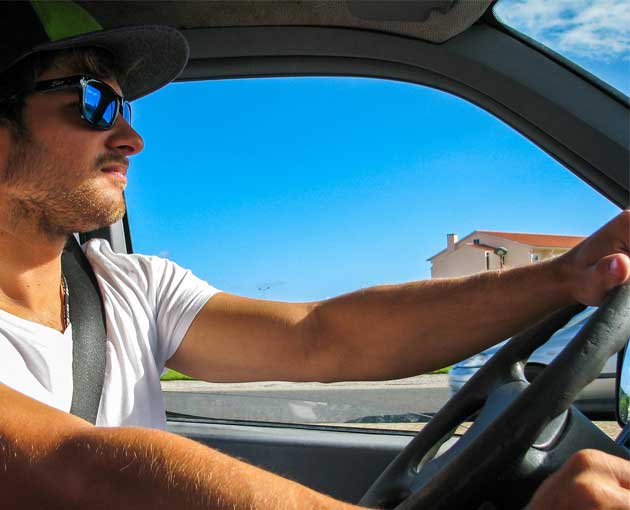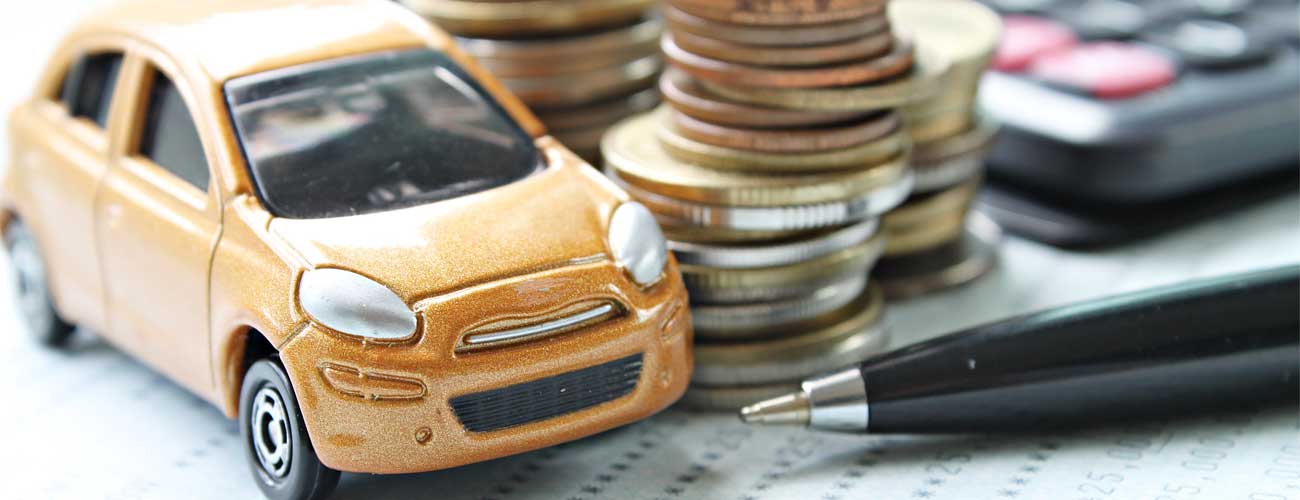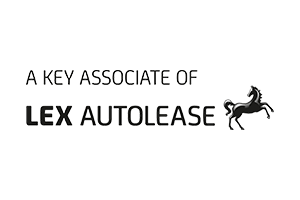One group of drivers that are often considered to be unsafe are young drivers. So today we’re going to look at why this is and what drivers young and old can do to help keep younger car owners safe on the road.
Why Are Young Drivers Considered Unsafe:
In the UK you can get your provisional car driving licence at 17 and as soon as you pass both the theory and practical driving tests you are able to drive, so the youngest drivers on the road are 17 years old.
However, young drivers are typically classed as drivers who are under 25 years old.
There are a number of reasons that young drivers are considered to be less safe than their older counterparts and these include:
- Inexperience – this one’s pretty obvious but young drivers have spent less time on the roads, and until they pass their driving tests have to have another more experienced driver in the vehicle with them to help advise on potential hazards and how to avoid them.
- Poor assessment of hazards – because they have spent less time on the roads they have less experience reacting to hazards so may react inappropriately.
- Having teenage passengers – young drivers can be distracted when they have a group of their friends as passengers, especially if they are not drivers themselves and don’t understand how their actions could be distracting. They may also feel pressured by their peers to drive fast or take more risks.
- Mobile phones – it is illegal to use your mobile phone whilst driving, young drivers are more likely to do this because they typically use their phone more than older generations.

- Distractions from driving – there are a number of other things that can distract you from driving not just passengers and mobile phones, including changing the radio station, turning the volume up or even answering a handsfree call.
- Drinking or taking drugs and driving – again it is illegal to drink whilst over the limit, or on drugs including some medication, and it is young drivers who are considered to be the most likely to do this.
- Over confidence – newly passed drivers are likely to suffer from over confidence in their driving ability.
We aren’t suggesting that all young drivers are guilty of these behaviours or that older drivers are not also guilty of these, just that younger drivers are more likely to suffer from these risks. A lot of these apply to new drivers who learn later in life and are over 25 years old as well as poor driving habits that established drivers may have.
Another reason that young drivers might be considered to be a greater risk is because of their brain development. The pre-frontal cortex does not reach full maturity until the mid-20s, and this is the part of the brain responsible for rationality. The limbic region, which is associated with emotional responses, is overactive between the ages of 15 and 24. Reduced rationality and increased limbic activity means that younger drivers are more likely to be influenced by peer pressure or thrill-seeking behaviour.
The Department for Transport’s (DfT) reported road casualties for 2019 showed that there were 6,443 17 to 19 year olds involved in car accidents of which 3,296 were casualties. In the same year, there were 14,638 20 to 24 year olds involved in reported accidents and 7,487 were casualties. These age ranges do not have the highest number of people involved in accidents however the percentage of those involved that are casualties is the highest with both age groups at 51%. This higher percentage is likely due to the risk factors mentioned above.
How Young Drivers Can Stay Safe:
General advice for all drivers that young drivers should be aware of include:
- Always keep to the speed limits.
- Always wear your seatbelt.
- Adjust your headrest so it sits behind your head not your neck. This will help avoid whiplash if you are involved in an accident.
- Make sure your windscreen is clean, as dirt can block your view and at certain times of the day light reflecting from it can blind you.
- Hold your steering wheel at three and nine o’clock or four and eight o’clock.
- Make sure junctions are clear before you move off, and even if the traffic light is green for you you should still check for any drivers who are not adhering to the lights.
- Don’t use your phone whilst driving and reduce other distractions where possible.
- Don’t drive after driving more than the legal limit or taking drugs. If you are on medication you should check with your doctor whether you can drive whilst taking them.
- Keep a safe distance between you and the vehicle in front of you.
- Maintain your car.
There are additional steps that young drivers can take as well to keep themselves and passengers safe which include:
- If recently passed use a P plate so that other drivers are aware you are a new driver and give you extra space and time.
- Don’t let yourself be peer pressured into dangerous or reckless behaviour.
- Be careful when driving late at night as this requires extra attention as it’s a time when more high-risk behaviour from other drivers is likely, for example, speeding, drinking or taking drugs and driving and cyclists and pedestrians might not be wearing reflective clothing so are harder to spot.
- Having a voluntary code of practice with your parents, where there are restrictions on carrying passengers, driving at night and other high-risk behaviour.
- Slow down when going around corners or driving on particularly bendy roads.
- Don’t make assumptions about what other drivers are going to do, even if they are indicating they might not be turning. If you are ever unsure be safe and provide them with lots of space so you have time to react.
- Don’t give into road rage.
There are also a number of courses designed for newly passed drivers to help improve their confidence and also driving on the motorway, as provisional drivers are not allowed to drive on a motorway. You can take one of these courses if you would like to develop your driving skills.
When looking for insurance there are a number of policies that are designed for younger drivers. These often involve measures like a black box, which monitors your driving, or a curfew, where you can only drive until a certain time.
Often these measures also allow your insurance company to provide you with insurance for a lower cost, as you are taking steps to mitigate the high-risk behaviour associated with new drivers.

How Other Drivers Can Help Keep Young Drivers Safe:
As well as obeying the usual driving rules and courtesies there are some additional steps you can take to accommodate young drivers. These include:
- If you are following a person with an L or P plate on their vehicle allow them extra space and be aware that they are a learning or newly qualified driver.
- Don’t tailgate them.
- Don’t give into road rage around them if they are driving slowly or do something incorrectly, this could worsen the situation.
- If you live with a young driver then consider a voluntary code of practice where you restrict their access to the vehicle based on high-risk behaviour or driving, for example setting a car curfew or passenger limits.
- If you are in a household with a new driver then you can go out with them to help build their confidence and advise on how they can react to potential hazards.
If you have any tips on staying safe as a young driver or around them let us know in the comments below.









Leave a Comment